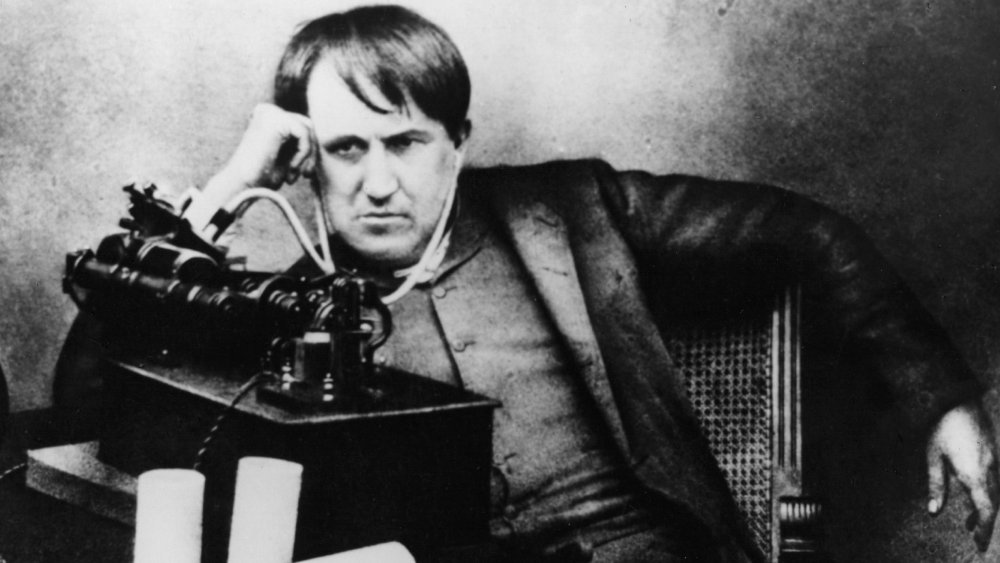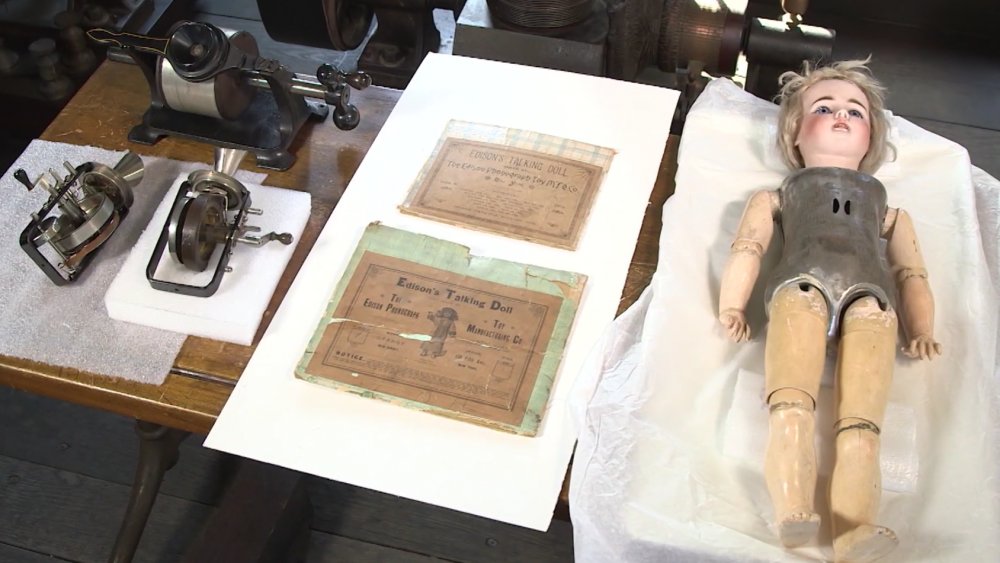Thomas Edison's Greatest Invention You Probably Didn't Know About
Inventors have been having bright ideas since at least the dawn of civilization. But with the help of Thomas Edison those bright ideas turned into incandescent light bulbs. Born in Ohio in 1847, the future "Wizard of Menlo Park" didn't always have a magical life. He struggled in school and was called "addled" by his schoolmaster, according to the Library of Congress, so his mother schooled him herself. A sickly child, Edison lost most of his hearing at age 12, possibly due to scarlet fever.
Fascinated by mechanics and chemistry, he reveled in tinkering and experimentation. While selling newspapers on a train, he set up a makeshift printing press and chemistry lab on the baggage car. His train lab ground to a halt after he accidentally started a fire. The flame of creative curiosity continued to burn, and as an adult Edison founded his own "invention factory" in Menlo Park, New Jersey. There, a group of great brains shared the workload but not the credit, which Edison largely claimed for himself. US News and World Reports says Edison allegedly stole ideas from other inventors, depending on whom you ask.
Edison infamously asked Nikola Tesla to invent an improvement for direct current generators and offered $50,000 for the accomplishment. When Tesla pulled it off, Edison called the offer a joke, enraging Tesla so much that the young inventor decided to dig ditches just so he could ditch Edison. The Wizard of Menlo was arguably an unscrupulous business sorcerer. But what he lacked in honesty he compensated for in success, racking up 1,093 patents, per History. His most famous is for the incandescent light bulb. But even though he appeared to be batting more than a thousand, his best ideas didn't always knock it out of the Menlo Park.
Edison's terrifying talking dolls
The man credited with the incandescent light bulb darkened humanity's doorstep with an endlessly creepy talking doll, which ironically contained some of his brightest ideas. Smithsonian explains that prior to the 19th century, recorded sound didn't exist, but in 1877 Edison invented the tinfoil phonograph the first machine in history to produce a "sound that had been recorded and then played back." And what did Edison do with this breakthrough? In 1890, he decided to stick his tinfoil phonograph in dolls, "[marking] the first attempt to reproduce sound for commercial and entertainment purposes."
In another historical first, Edison hired women to record their voices for the dolls. They recited nursery rhymes like "Hickory Dickory Dock" and "Jack and Jill." But NPR writes, that these talking dolls sounded like "shrieking" nightmares. Thankfully, the best things in life are free because these tinfoil terrors cost the modern equivalent of $200 back then, making them too expensive to succeed.

